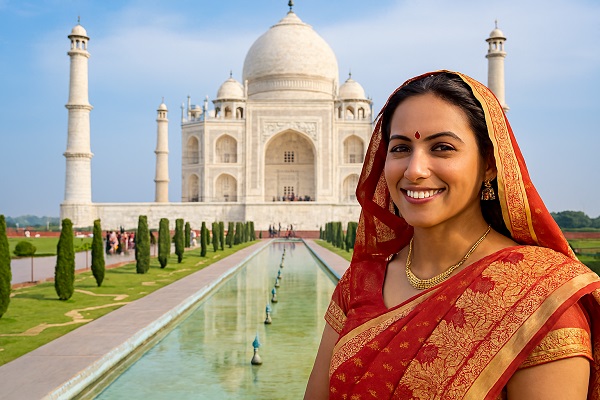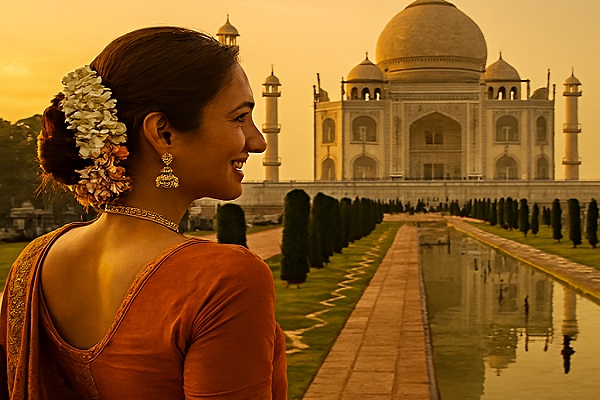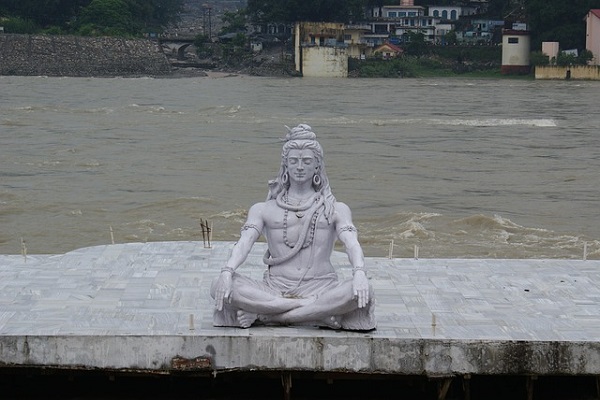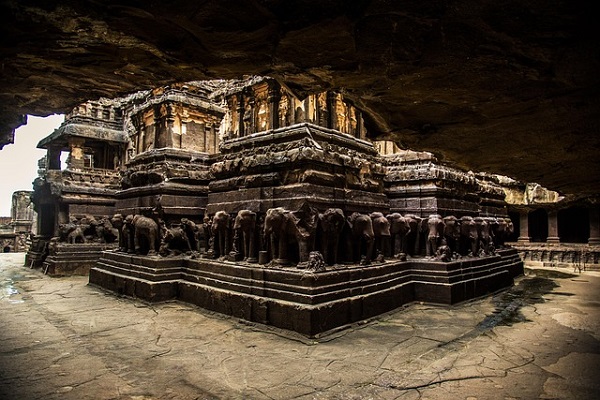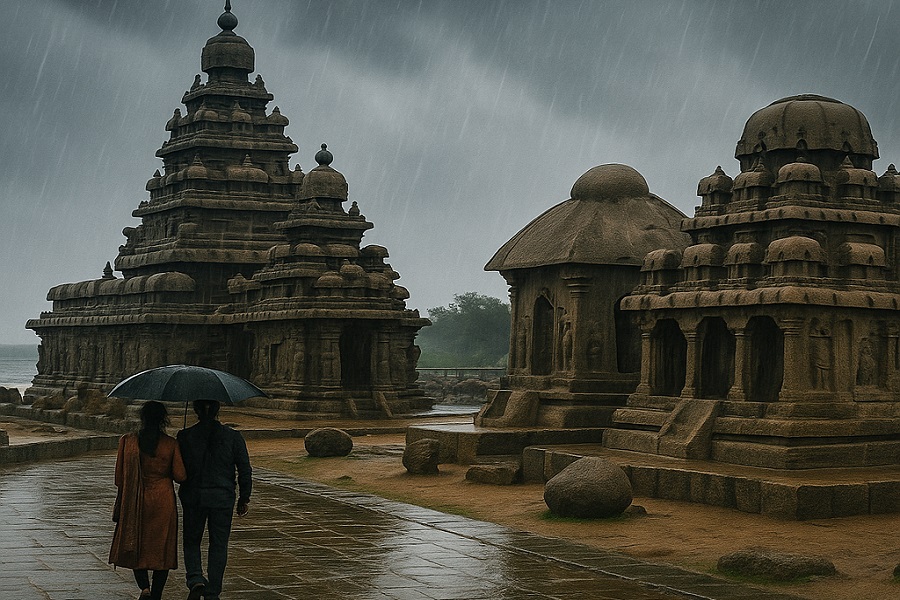The Uniqueness of Indian Tourism: A Journey Through Diverse Landscapes and Cultures
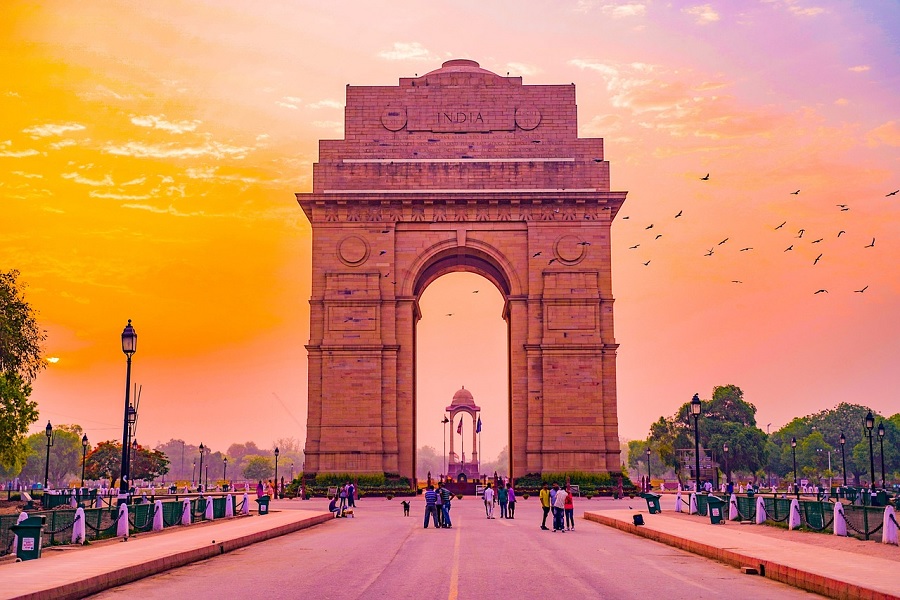
India, a land of mystique and wonder, continues to enchant travelers from all corners of the world. Its vibrant culture, spiritual heritage, diverse landscapes, and historical landmarks offer an unparalleled travel experience. From the snow-capped mountains in the north to the tropical beaches in the south, and from ancient temples to modern cities, India’s tourism landscape is as varied as its people.
In this article, we explore the multifaceted aspects of Indian tourism that make the country a global travel hotspot. Whether you are seeking adventure, spiritual enlightenment, or cultural immersion, India offers a spectrum of experiences that make it a must-visit destination.
1. Vibrant Culture and Heritage
India is a living testament to centuries of cultural evolution. Its rich history, diverse traditions, and colorful festivals make it one of the most unique destinations for cultural tourism.
- The Golden Triangle: Delhi, Agra, and Jaipur form the famous Golden Triangle, known for its palaces, forts, and world-renowned monuments such as the Taj Mahal. This route offers an enriching journey into India’s Mughal and Rajput history.
- Traditional Arts and Crafts: India is home to a plethora of traditional crafts such as Madhubani paintings, Kanjivaram sarees, pottery, and intricate jewelry. Many states have their own unique forms of art that travelers can explore and even participate in.
- Festivals: Indian festivals like Diwali, Holi, and Dussehra are celebrated with immense enthusiasm. These festivals offer tourists an opportunity to experience the country’s vibrant customs, music, dance, and cuisine.
2. Eclectic Natural Beauty
India’s diverse geography is one of its greatest assets. Whether you are a nature lover or an adventure enthusiast, India’s natural beauty offers something for everyone. From the Himalayan mountain range in the north to the lush tea gardens of Darjeeling, India’s landscapes are both breathtaking and varied.
- The Himalayas: The towering peaks of the Himalayas not only offer unparalleled views but also provide a playground for adventure sports. Trekking, mountaineering, skiing, and river rafting are popular activities. Regions like Leh, Ladakh, and Himachal Pradesh draw adventure tourists year-round.
- Kerala Backwaters: Known for its peaceful backwaters, Kerala is a prime destination for eco-tourism. Houseboat cruises through the palm-lined waterways offer a serene and unique way to experience nature.
- Rajasthan Deserts: The golden sands of Rajasthan's Thar Desert offer thrilling experiences such as camel safaris, camping under the stars, and exploring ancient forts like Jaisalmer Fort.
- Beaches of Goa and Andaman: India boasts some of the most beautiful beaches in the world. Goa, with its lively nightlife and pristine beaches, is a favorite among tourists. The Andaman and Nicobar Islands are famous for their untouched beauty and crystal-clear waters.
3. Spiritual and Pilgrimage Tourism
India is the birthplace of several major religions, including Hinduism, Buddhism, Sikhism, and Jainism. Pilgrimage tourism in India offers an enriching spiritual experience. From ancient temples to sacred rivers, India’s sacred sites hold deep historical and spiritual significance.
- Varanasi: One of the oldest continuously inhabited cities in the world, Varanasi is the spiritual heart of India. The ghats of the Ganges River, where pilgrims come to bathe and perform rituals, offer a unique and unforgettable experience.
- Tirupati: The Sri Venkateswara Temple in Tirupati is one of the most visited pilgrimage sites in the world, drawing millions of devotees each year.
- Bodh Gaya: Known as the place where Lord Buddha attained enlightenment, Bodh Gaya attracts Buddhists from around the world.
- Golden Temple, Amritsar: The Golden Temple, one of the most sacred sites for Sikhs, is an architectural marvel and a symbol of peace and equality.
4. Ayurveda and Wellness Tourism
India has a long-standing tradition of healing and wellness, particularly through Ayurveda, yoga, and meditation. Wellness tourism in India has grown significantly as international travelers seek to rejuvenate both their body and mind.
- Kerala Ayurveda: Kerala is home to some of the best Ayurvedic treatments, with many resorts offering detoxification programs, therapeutic massages, and herbal remedies.
- Rishikesh: Known as the "Yoga Capital of the World," Rishikesh draws yoga and meditation enthusiasts from across the globe. The serene environment by the Ganges River adds to the spiritual and healing atmosphere.
- Spas and Wellness Resorts: India’s luxury resorts often have world-class spas offering holistic treatments. Places like Goa, Rajasthan, and the Nilgiris are popular for wellness retreats.
5. Culinary Tourism
Indian cuisine, famous for its bold spices, complex flavors, and diverse ingredients, is a major attraction for food lovers. Culinary tourism has gained immense popularity, with tourists eager to explore the regional flavors and food traditions of the country.
- Street Food: Indian street food is an adventure in itself. From the spicy chaat of Delhi to the hot pav bhaji of Mumbai, every city has its own street food culture that delights the senses.
- Regional Specialties: India’s cuisine varies from state to state. While South Indian dishes like dosa, idli, and sambar are loved worldwide, the rich curries of Punjab and the seafood of Kerala also have their own dedicated following.
- Cooking Classes: Tourists can also engage in cooking classes to learn how to make traditional Indian dishes. Many culinary tours allow tourists to visit local markets and cook with chefs.
6. Eco-Tourism and Sustainable Travel
With the rise of eco-conscious travel, India is increasingly becoming a hub for eco-tourism. Many destinations are focusing on sustainable travel practices, promoting responsible tourism that preserves natural resources and supports local communities.
- National Parks and Wildlife Sanctuaries: India’s national parks are home to diverse wildlife, including Bengal tigers, elephants, and rhinoceroses. Popular parks include Kaziranga National Park (Assam), Jim Corbett National Park (Uttarakhand), and Ranthambhore National Park (Rajasthan).
- Eco-friendly Resorts: Several resorts in India are adopting green practices, such as using renewable energy, promoting waste management, and sourcing locally grown food.
Conclusion
Indian tourism offers something for every kind of traveler. Its diverse culture, natural beauty, rich history, and spiritual significance provide a variety of experiences that leave a lasting impression. As the sector continues to grow, India's tourism industry is shaping up to be one of the most attractive in the world, offering travelers an enriching journey through one of the most vibrant and ancient civilizations on the planet

















